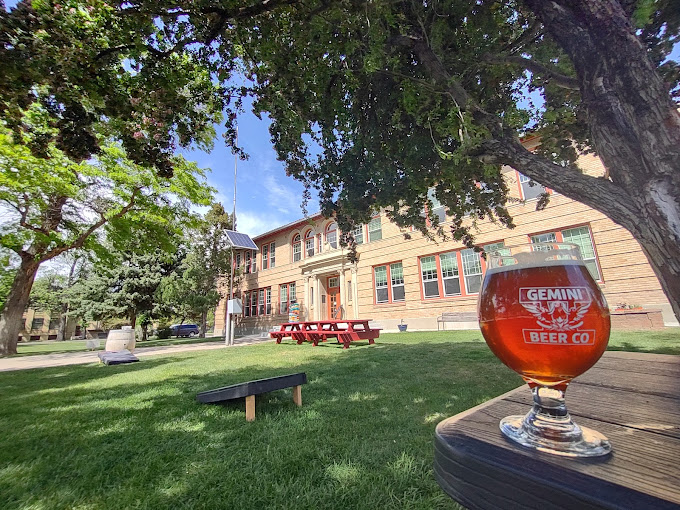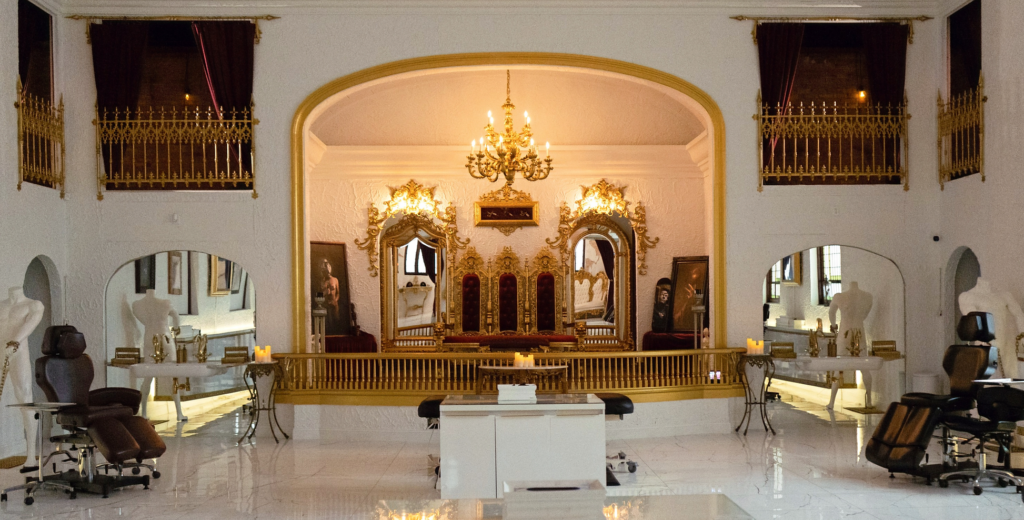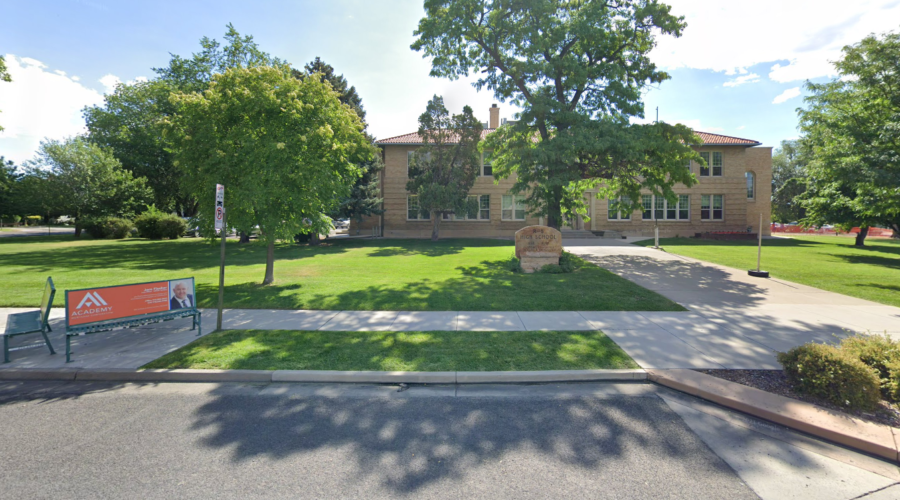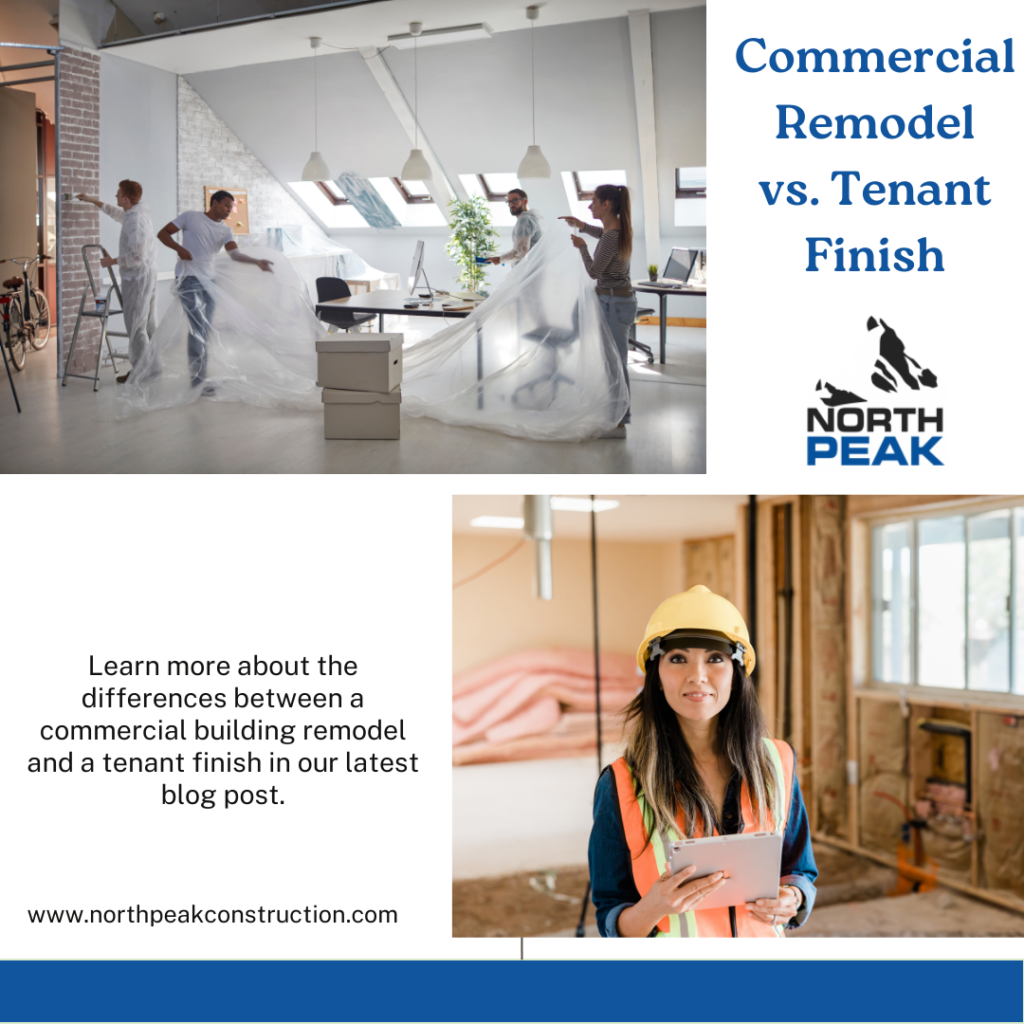What is Adaptive Reuse?
In Grand Junction, Fruita, and towns all across the country, historic buildings and warehouse spaces often sit empty for years before being demolished to make room for new and modern buildings.
However, the idea of Adaptive Reuse is growing, and can be a way to preserve architecture while also saving businesses time and money.

Adaptive Reuse the process of remodeling a building for a use other than its originally intended one. For instance, the Lowell School (the old R5 school) was repurposed to house several businesses, including a brewery.
One of the benefits of Adaptive Reuse is that it preserves both architecture and heritage. No one wants to lose the great brickwork on an historic building, or the tin ceiling inside, for example. By repurposing the building instead of just tearing it down, businesses are able to highlight those historical features.
Another reason businesses might consider Adaptive Reuse is cost. Often it can be cheaper to restore / remodel a building than to build a new one. Remodeling a structure can also be faster, which saves time and expense for owners too.

Elysium Studios is a tattoo studio in Fruita, Colorado whose space was a former church.
Some considerations for Adaptive Reuse include:
Structural assessments – you don’t want hidden or unexpected costs to arise. A structural assessment will ensure the building is sound and suitable for restoration or remodel.
Budget – Remember that, with any remodel project, unexected expenses will occur. Be prepared with an adequate budget and contingency fund.
Neighborhood – Is the potential project a good one for the neighborhood? Will it add value and fit in with other businesses in the area?
You’ll want to have a good contractor and team in place to take on your project; there will inevitably be areas that need to be brought up to code. Staircases and electrical wiring are two examples of areas that could require extra work to meet current codes.
If you’re interested in learning more about Adaptive Reuse, or have a project in mind, we’d love to talk to you! Contact us here.




